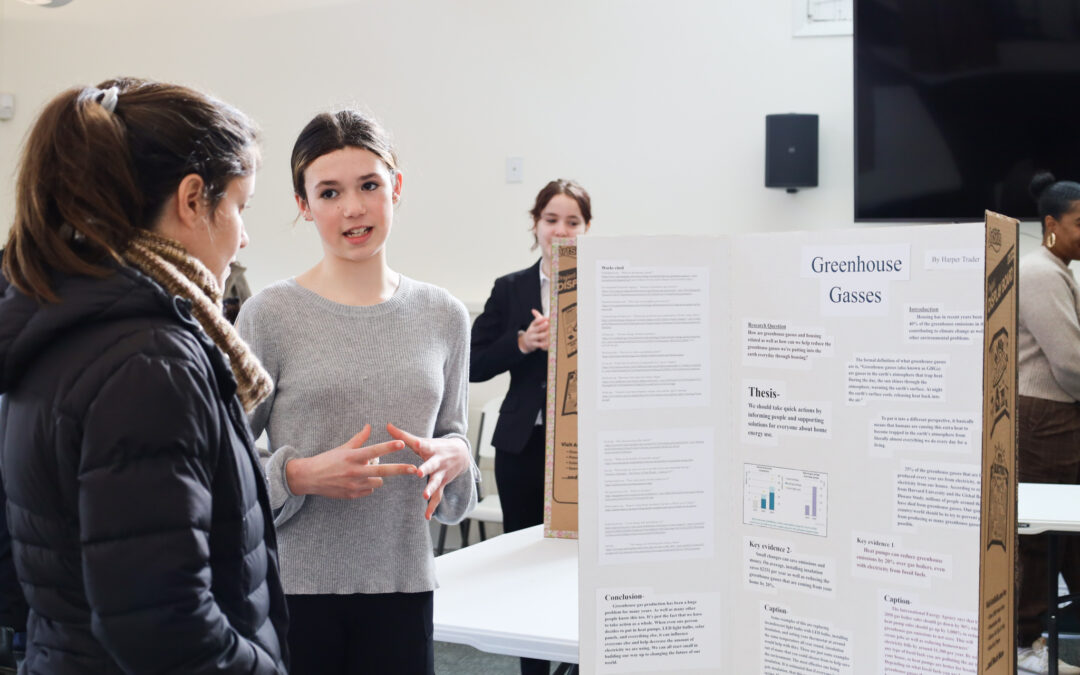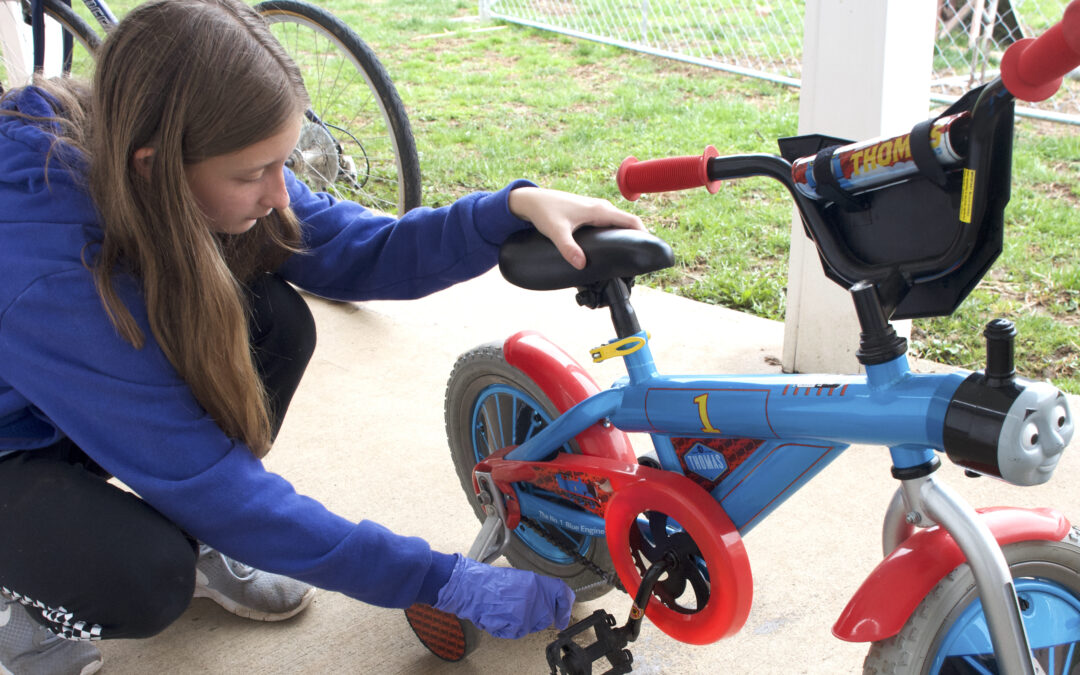
2024 Adolescent Social Justice Data Fair
As part of a unit on data literacy, our Adolescents have been investigating social justice
This work introduces the concept of data literacy, offering our students an opportunity to find quality data and evaluate their sources. They then worked to aggregate and present their research to support their thesis. Some of the topics included how food delivery services might impact rural and urban food deserts, how immigration laws in the United States impact illegal immigration, and the spread of online and in-person anti-Semitic incidents. The adolescents presented their work to families, staff, and Upper Elementary students at a Social Justice Data Fair.


















